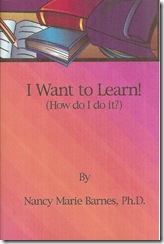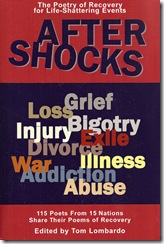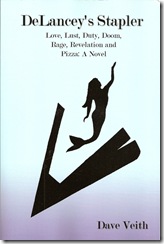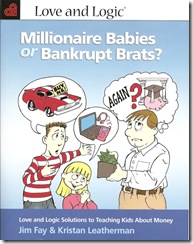
Nancy Marie Barnes writes that "service to others" is her guiding principle. The retired Paradise educator has published a series of books "for sharing with and helping others . . . in assisting interested persons, young and old, in being the best they can be." The resonance with the new Administration's emphasis on service and responsibility is clear, and "old school" readers will be heartened with Barnes' conviction that traditional values are just as applicable as ever to the multimedia generation.
Barnes uses Amazon.com's print-on-demand "CreateSpace" service to publish her books, uniformly priced at $9.99 in paperback, which now include two series. The first is fictional conversations with "Great-Grandma-Nanny," written under the name of Nancy-Marie Van Stavern. "Secret, Magical Conversations" includes great-grandma-Nanny's advice on everything from manners ("Don't cuss!") to sex ("Have sex only with your spouse. Period. No exceptions.")
"As you can tell," Barnes writes about great-grandma's "politically incorrect manner," "she speaks her mind but please remember that she'd never hurt your feelings for the world. . . . She believes that poor decisions in life can be used to make better decisions in the future. " A second book, "The Art of 'Doing The Wash,'" discusses sorting, washing, ironing and mending, complete with step-by-step instructions.
"I Want to Learn! (How Do I Do It?)" is part of a second series that includes "Be Happy! A Guide to Happiness," "An Employment Primer: A Guide to Getting That Job & Keeping That Job" and "Can I Really Afford It? A Guide On How To Budget & 'Live Within Your Means.'" (For more information, write the author at P.O. Box 1503, Paradise, 95967.)
There's no shortcut to learning, Barnes writes. "The average person takes upwards of 11 times (or 'exposures') of studying something new and difficult to fully learn it. The above average person takes about 5 times, while a slower person could take 15 to 30 times. It just takes effort, patience, and perseverance." The key is determining one's learning style and setting up one's desk or room to take advantage of seeing, listening, or writing. She advocates the SQ3R technique: "Survey, question, read, recite, review." Review is especially important to master the material.
Along the way Barnes is straightforward and encouraging, sharing her teacher's heart.


